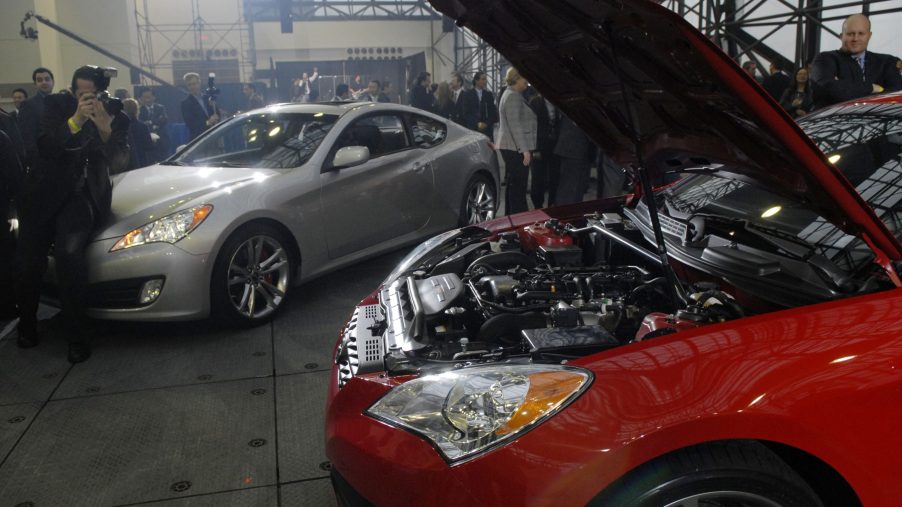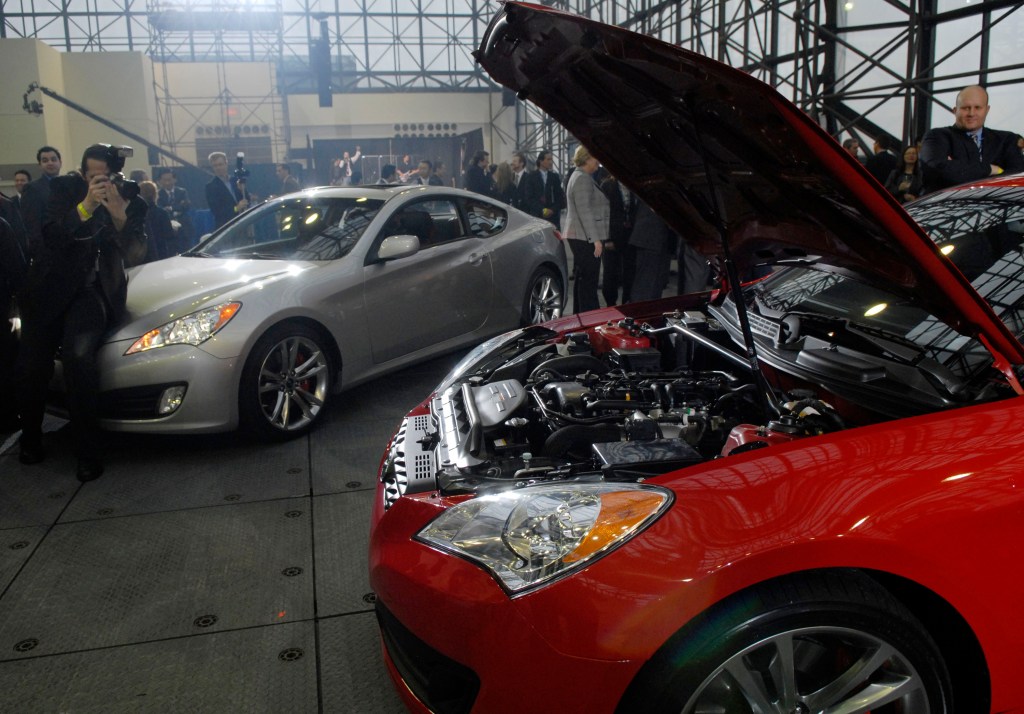
Know Before You Blow: Tell-Tale Signs Your Turbocharger is Toast
Many new cars are coming with smaller, turbocharged engines to deliver both more power and better efficiency. Smaller engines with turbochargers are more fuel-efficient without compromising an enjoyable driving experience. Punchy acceleration and excellent mpg are great no matter who you are. But now, drivers who are new to turbocharged cars will have a few new things to look out for when it comes to reliability.
You’re seeing more smoke coming out of the exhaust

Seeing smoke out of your exhaust is never a good sign, but it can be one of the most obvious hints that your turbocharger is no longer operating properly. Granted, there are other reasons you might see smoke coming from your exhaust, turbocharged or not. But if you see an iridescent blue/gray smoke and your vehicle has a turbocharger, chances are you’re looking at a blown turbo. In some cases, it may be as simple as a turbo seal going bad. But if left unchecked, the high rotational speed and intense heat of a turbocharger will lead to bigger consequences in a hurry.
A lack of power or acceleration
Turbochargers are designed to give your car an extra boost of power in a way that is more sustainable for your engine than drastic options like nitrous oxide. Because turbos work by forcing high-pressure air into your engine, faults typically appear as drops in performance. If you notice your car isn’t quite as peppy as it used to be, it’s a sign that your turbocharger may need some attention.
This isn’t as obvious as smoke billowing out of your exhaust or a loud rattle. As such, you may not immediately notice the drop in performance, especially early on. However, a boost gauge can help you verify that your turbo is not working properly. And if your car doesn’t have one, aftermarket monitoring options can help give you some extra insight (and peace of mind!).
Blown turbochargers make a lot of weird noises
Depending on how your turbocharger is potentially blown, there are several weird and annoying noises that it could make. Such sounds include a rattling, whining, or whistle. Keep in mind that turbos naturally make some whistling noises. As such, you’ll want to keep an ear out for any new or louder sounds than you’re used to.
In most cases, you may not be able to identify exactly where the new unwanted noises inside your engine bay are coming from. But if you suspect that your vehicle is making any new noises, it’s time for a mechanic to take a look under the hood. Even if it isn’t the turbocharger, it’s something else that needs attention. In this case, an ounce of prevention really is worth a pound of cure.
Can your car survive a blown turbocharger?
Having a damaged or blown turbocharger isn’t necessarily the end of the world. In extreme circumstances, it can damage your vehicle’s engine, but that isn’t always the case. Sometimes turbochargers can be rebuilt or replaced depending on the type and severity of the damage. And as long as no metal components wind up inside your engine, odds are you’ll be good to go with a new turbo.



